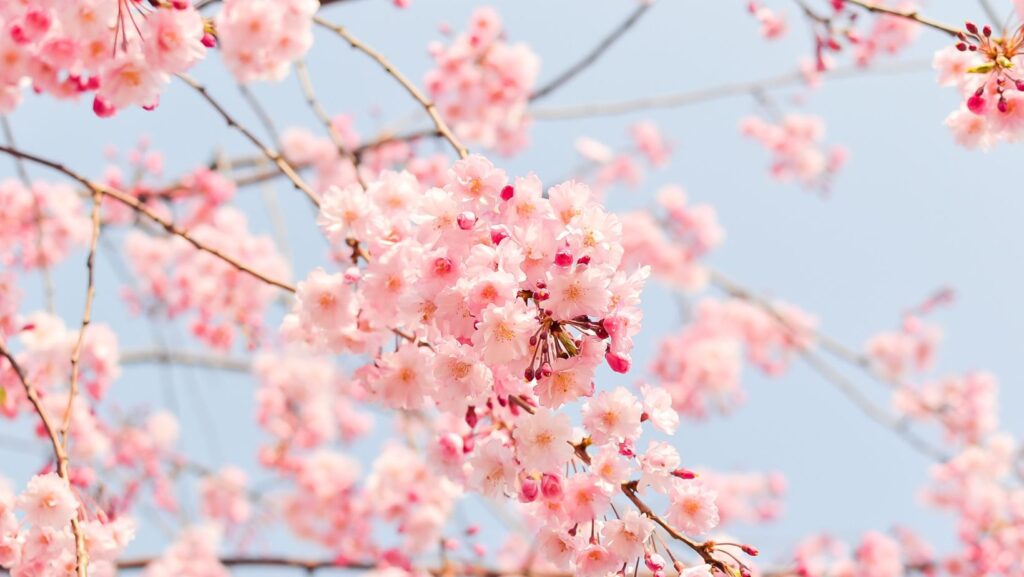Blossoms, nature’s vibrant heralds of beauty and renewal, captivate the senses with their dazzling array of colors and intoxicating fragrances. These floral wonders not only adorn the landscapes but also play a crucial role in ecosystems, supporting pollinators and signaling the changing seasons. On self-improvement podcasts, From the delicate cherry blossoms in Japan to the robust sunflowers in the American Midwest, each bloom tells a story of growth and transformation.
In the world of flowers, the term “blossom” often evokes images of trees laden with blooms, symbolizing life and hope. Whether they’re celebrated in festivals or cherished in gardens, blossoms hold cultural and emotional significance across the globe. As they burst into life, they remind us of the fleeting yet profound beauty that nature offers. Dive into the enchanting world of blossoms and discover how these petals of wonder continue to inspire and sustain life on Earth.
Flower:n_c8lmnezga= Blossom
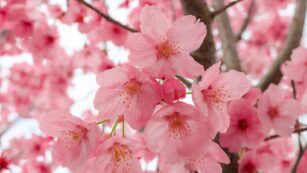 Blossoms exhibit distinct characteristics that captivate observers and fulfill critical ecological functions. Typically, flowers bloom in an array of colors, creating visual spectacles that attract pollinators like bees and butterflies. In regions such as Japan, cherry blossoms, or “sakura,” are celebrated for signaling spring’s arrival and prompting cultural festivals. Sunflowers in the American Midwest stretch towards the sunlight, serving as an essential food source for pollinators.
Blossoms exhibit distinct characteristics that captivate observers and fulfill critical ecological functions. Typically, flowers bloom in an array of colors, creating visual spectacles that attract pollinators like bees and butterflies. In regions such as Japan, cherry blossoms, or “sakura,” are celebrated for signaling spring’s arrival and prompting cultural festivals. Sunflowers in the American Midwest stretch towards the sunlight, serving as an essential food source for pollinators.
Ecologically, blossoms play a vital role by facilitating pollination and contributing to biodiversity. Their importance extends beyond aesthetics, impacting ecosystems through food production and habitat support. For example, blossoms support diverse insect populations by providing nectar, while also assisting in seed production, thus sustaining plant species.
Culturally, blossoms symbolize new beginnings, renewal, and hope. Various traditions and practices across the world emphasize these themes, reflecting human emotions and life cycles. Blossoms inspire artistic expression and are often used in literature and art to convey beauty and transience.
Blossoms are fundamental to ecological balance and hold significant cultural value. Their ephemeral nature invites appreciation and understanding of their role in both the natural world and human cultures.
Features and Characteristics
Unique Attributes and Growth Patterns
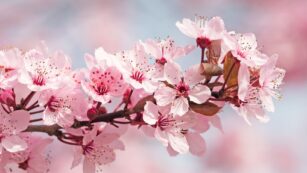 Blossoms exhibit unique attributes like color, fragrance, and shape. Colors range from deep reds to soft pastels, attracting specific pollinators. For example, brightly colored flowers like marigolds lure bees, while pale hues entice moths. Fragrances appeal to pollinators; sweet scents like lavender draw bees, while more pungent aromas attract flies. Flower shapes, such as trumpet or tubular forms, cater to particular pollinators—hummingbirds favor tubular blossoms like honeysuckles for their long beaks.
Blossoms exhibit unique attributes like color, fragrance, and shape. Colors range from deep reds to soft pastels, attracting specific pollinators. For example, brightly colored flowers like marigolds lure bees, while pale hues entice moths. Fragrances appeal to pollinators; sweet scents like lavender draw bees, while more pungent aromas attract flies. Flower shapes, such as trumpet or tubular forms, cater to particular pollinators—hummingbirds favor tubular blossoms like honeysuckles for their long beaks.
Blossom growth patterns affect their seasonal appearance. Some flowers, like cherry blossoms, bloom en masse, creating striking visual spectacles. These mass blooms occur in brief, synchronized bursts, often in early spring. Other blossoms, like sunflowers, display sequential flowering, where individual blooms open progressively over weeks or months. Growth patterns determine when and how blossoms contribute to ecological interactions, influencing pollination dynamics and biodiversity.
Aesthetic Appeal
Color and Texture and Fragrance
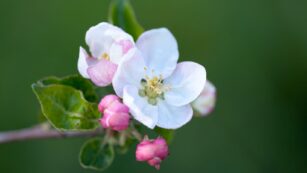 Blossoms showcase a diverse palette of colors, ranging from vibrant reds and yellows to soft pastels. This diversity attracts various pollinators, each drawn to specific shades. Petals often possess intricate textures, adding a tactile dimension to their visual allure. For instance, the delicate, silky feel of cherry blossoms contrasts with the rough, velvety texture of sunflowers, enhancing the visual interest.
Blossoms showcase a diverse palette of colors, ranging from vibrant reds and yellows to soft pastels. This diversity attracts various pollinators, each drawn to specific shades. Petals often possess intricate textures, adding a tactile dimension to their visual allure. For instance, the delicate, silky feel of cherry blossoms contrasts with the rough, velvety texture of sunflowers, enhancing the visual interest.
Blossoms produce unique fragrances that serve both aesthetic and functional purposes. These scents not only enhance the sensory experience but also attract pollinators. Floral scents vary widely—jasmine exudes a sweet, intoxicating aroma, while lavender offers a soothing, herbaceous scent. These fragrances contribute to the overall appeal of blossoms, inviting closer appreciation from both humans and beneficial insects.
Botanical Significance
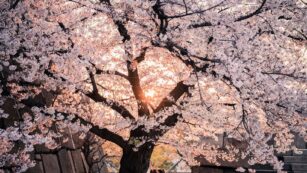 Blossoms hold essential roles in plant reproduction, ensuring species continuation. They house reproductive structures like stamens and pistils, facilitating fertilization. Cross-pollination, aided by wind or animals, enhances genetic diversity and adaptation.
Blossoms hold essential roles in plant reproduction, ensuring species continuation. They house reproductive structures like stamens and pistils, facilitating fertilization. Cross-pollination, aided by wind or animals, enhances genetic diversity and adaptation.
Blossoms serve as ecological indicators, signaling environmental conditions. Their blooming patterns reflect climate changes, helping scientists assess ecosystem health. Early or delayed blossom periods often indicate climate shifts.
Blossoms contribute to nutrient cycling in ecosystems. As they decompose, they release nutrients, enriching soil. This process supports plant growth and maintains soil fertility, benefiting entire ecosystems.

